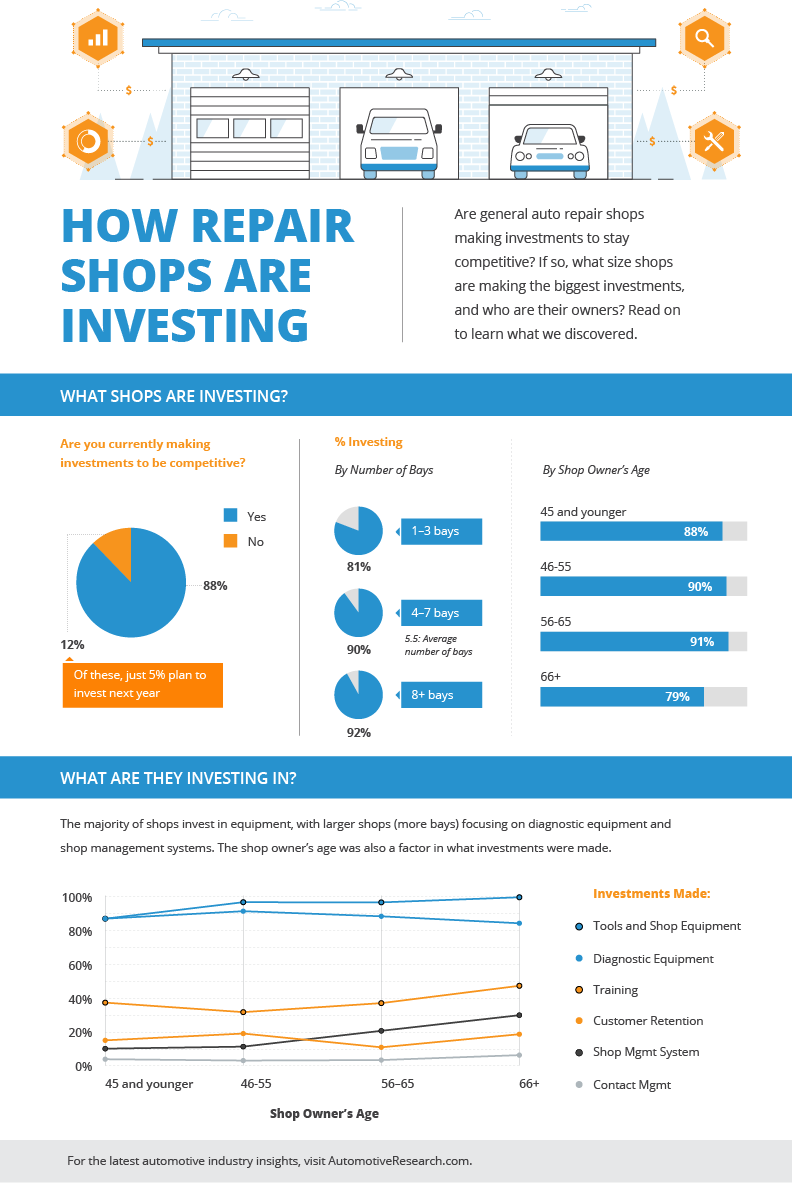Assessing Your Vehicle'S Caution Indicators: What They Actually Communicate
Assessing Your Vehicle'S Caution Indicators: What They Actually Communicate
Blog Article
Post Created By-Boye Alvarado
When you're behind the wheel, those beautiful caution lights on your dashboard can be a bit perplexing. Do you recognize what they're trying to inform you about your vehicle's health? Comprehending the relevance of these lights is important for your safety and the durability of your vehicle. So, the following time one of those lights pops up, would not you wish to decode its message accurately and take the necessary actions to address it?
Common Caution Lights and Interpretations
Determine typical warning lights in your automobile and comprehend their meanings to ensure risk-free driving.
One of the most typical warning lights consist of the check engine light, which signals issues with the engine or emissions system. If this light comes on, it's critical to have your car inspected quickly.
The oil pressure warning light indicates reduced oil pressure, calling for immediate focus to stop engine damage.
A blinking battery light may suggest a faulty charging system, potentially leaving you stranded if not addressed.
https://www.wsj.com/articles/napa-wine-star-jack-cakebread-started-out-as-an-auto-mechanic-11651760724 tracking system (TPMS) light informs you to reduced tire stress, impacting vehicle security and gas effectiveness. Disregarding this can cause risky driving problems.
The abdominal muscle light shows a problem with the anti-lock stopping system, jeopardizing your ability to quit swiftly in emergencies.
Last but not least, the coolant temperature level warning light warns of engine getting too hot, which can result in extreme damages otherwise solved promptly.
Understanding these common warning lights will help you deal with concerns immediately and preserve risk-free driving conditions.
Relevance of Prompt Focus
Recognizing the typical caution lights in your automobile is only the very first step; the relevance of promptly addressing these warnings can not be stressed sufficient to guarantee your safety when traveling.
When a warning light brightens on your dashboard, it's your vehicle's method of communicating a prospective problem that needs attention. Ignoring these warnings can cause more extreme problems down the road, endangering your security and possibly costing you a lot more out of commission.
Motivate interest to cautioning lights can avoid breakdowns and accidents. For auckland car cleaning , a blinking check engine light can show a misfire that, if left ignored, could trigger damages to the catalytic converter. Addressing this without delay can conserve you from a pricey fixing.
Similarly, a brake system warning light may indicate low brake liquid or used brake pads, essential components for your security when driving.
Do It Yourself Troubleshooting Tips
If you notice a warning light on your dashboard, there are a couple of do it yourself repairing tips you can try prior to seeking professional assistance.
The first step is to consult your car's manual to recognize what the certain warning light suggests. Occasionally the problem can be as straightforward as a loose gas cap triggering the check engine light. Tightening the gas cap might settle the trouble.
One more usual problem is a low battery, which can cause various alerting lights. Examining the battery connections for rust and ensuring they're safe and secure might take care of the problem.
If a caution light continues, you can try resetting it by separating the automobile's battery for a couple of minutes and afterwards reconnecting it. Furthermore, examining your automobile's fluid levels, such as oil, coolant, and brake fluid, can aid troubleshoot warning lights related to these systems.
Verdict
To conclude, understanding your vehicle's warning lights is crucial for keeping your lorry running efficiently and safely. By quickly addressing these signals and knowing what they indicate, you can stay clear of pricey repair work and possible break downs.
Keep in mind to consult your cars and truck's guidebook for certain details on each advising light and do something about it accordingly to make sure a trouble-free driving experience.
Keep notified, remain safe when traveling!
